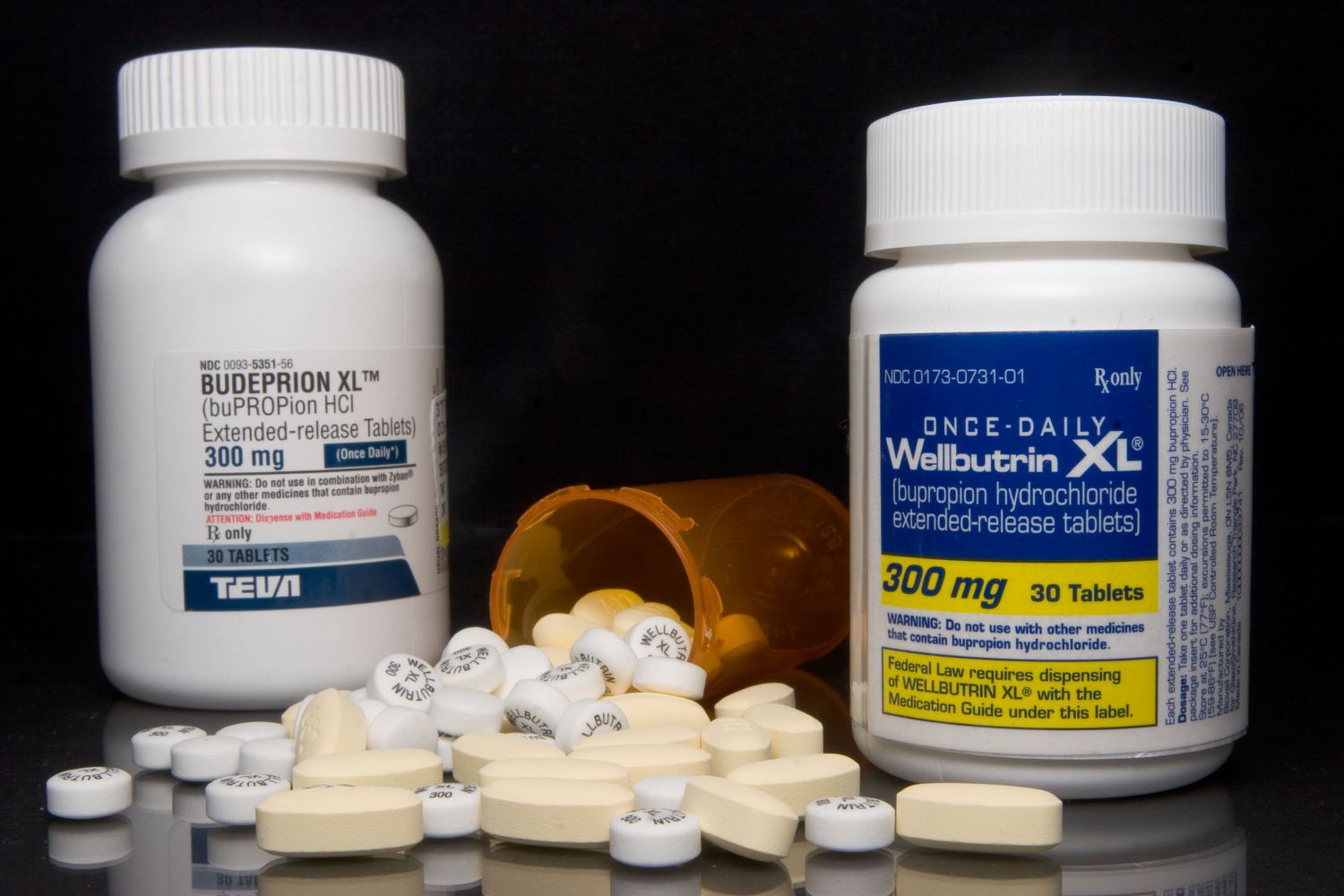Investigating the Effect of Multiple-Antidepressant Exposure on the Evolution of Antibiotic Resistance in E. Coli.
First off, this project was challenging to start due to my lab experience (rather, lack thereof) at the time. That being said, it was a welcoming introduction to that feeling of creating information that is completely novel and not specifically known before your own interventions. This project took roughly 20 hours of work a week for 5 months to complete and featured me working alongside a group of fellow students. A breakdown of the materials and techniques I gained experience with through this project can be found below, alongside the results. Additionally, the poster is one I presented at a research conference at UMN-TC.
- Background:
- Exposure to non-antibiotic pharmaceutical compounds may promote antibiotic resistance in bacteria (Wang et. al, 2020).
- Antidepressants are some of the most prevalent pharmaceutical compounds that contaminate the environment (Castillo-Zacarías et. al, 2021).
- Previous studies have mostly tested the effects of exposure to individual antidepressants on antibiotic resistance, but these compounds coexist simultaneously in the environment and may interact to influence antibiotic resistance.
- Experimental Question:
- How does exposure combinations of escitalopram, fluoxetine, and bupropion affect the evolution of antibiotic resistance to tetracycline in Escherichia coli?
- Methods:
- 3 experimental groupswere derived from an ancestor population of E. coli before being plated onto an agar medium and an agar medium containing tetracycline.
- The three experimental groups were placed into three tubes each containing a unique combination of any two of the compounds fluoxetine, escitalopram, or bupropion, in concentrations each at 50mg/L. This yielded 9 total tubes.
- The 9 tubes were placed in an incubator for 24 hours, after which 1mL of each was transferred into a new tube with 4mL of the respective antidepressant combination solution. This was done due to the three antidepressants having poor stability in warmer environments.
- These transfers were done for 10 days, after which each had a small liquid sample plated in agar and agar with tetracycline.
- Each of the resulting plates was placed in an incubator for 24 hours, after which they, along with the ancestor population plates, had MIC resistance calculated and compared using multi-ANOVA and Tukey-Kramer HSD statistical tests.
- Results:
- The experimental group exposed to fluoxetine and bupropion, specifically, had a 175% average resistance, whereas the other two experimental groups and the ancestor colony had a near 0% average resistance.
- The experimental group exposed to fluoxetine and bupropion, specifically, had a tetracycline MIC of 4μg/mL. The group with escitalopram and fluoxetine resulted in 3μg/mL, escitalopram and bupropion resulted in 2.5μg/mL, and the ancestor colony resulted in 1.25μg/mL.
- Discussion:
- There was a statistically significant increase in percent resistance to tetracycline in the E. coli population exposed to fluoxetine/bupropion compared to the ancestor population.
- Fluoxetine/bupropion treated populations showed more growth on tetracycline plates than traditional LB plates, which likely is a result of plating error. This result may be influenced by the fact that fluoxetine and bupropion belong to different classes of antidepressants (SSRIs and SNRIs, respectively).
